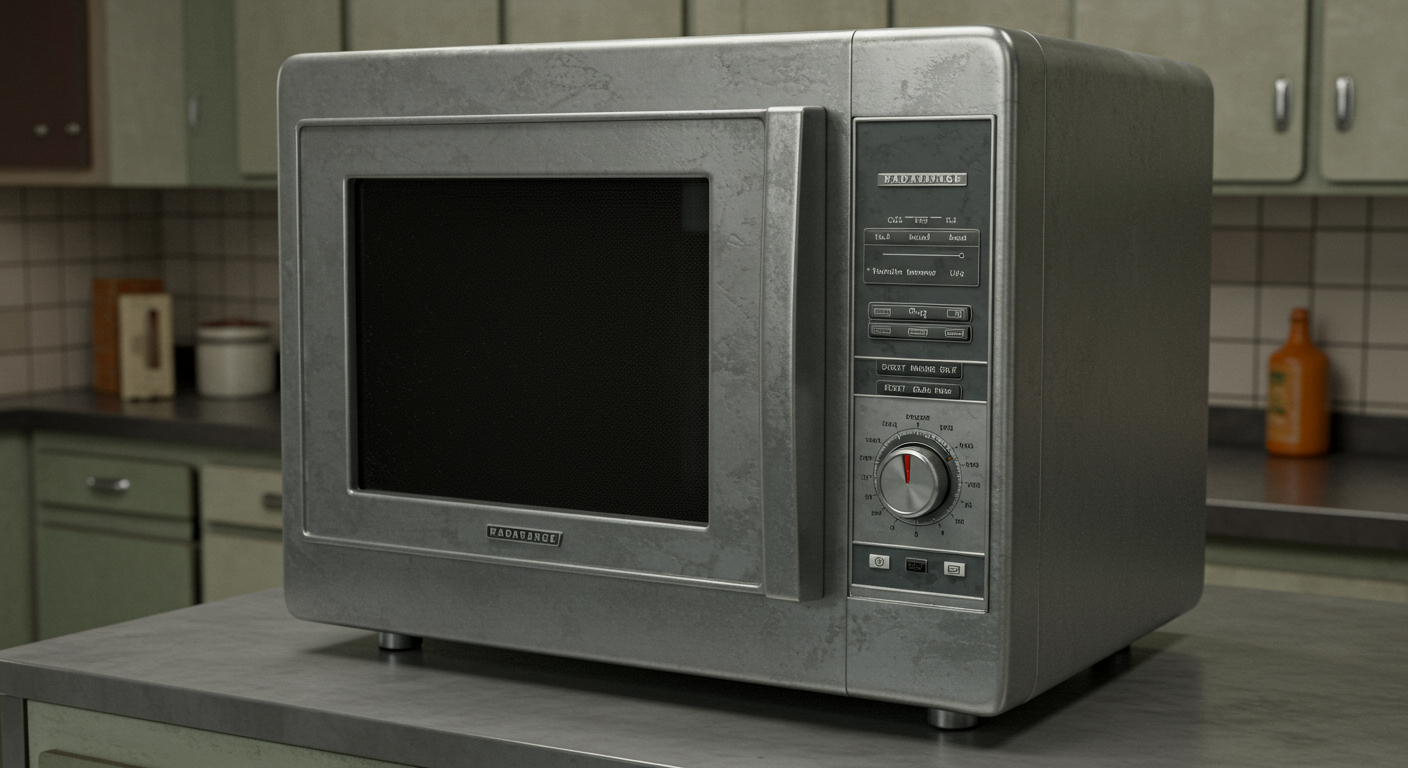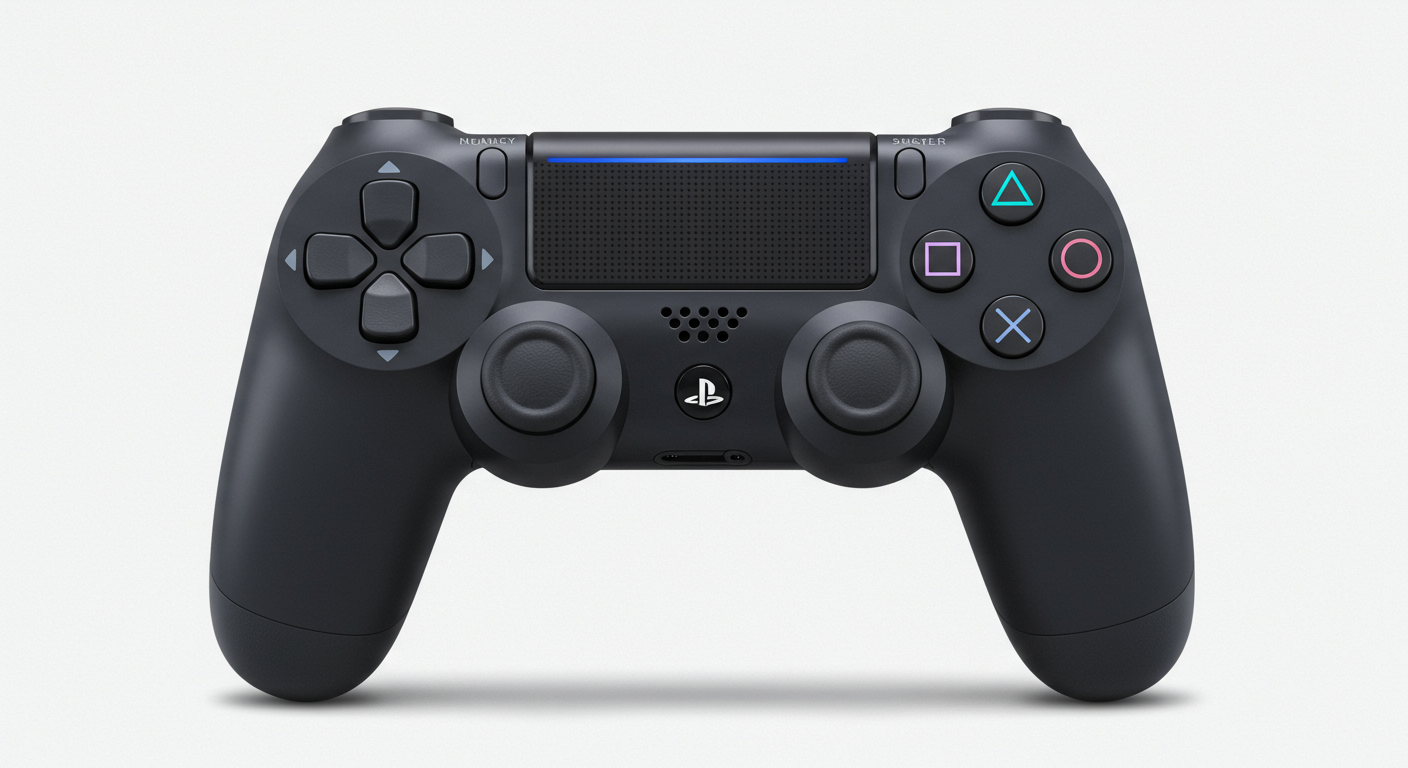Now Reading: The Mighty Microwave: A Comprehensive Guide to Modern Microwaving
- 01
The Mighty Microwave: A Comprehensive Guide to Modern Microwaving
The Mighty Microwave: A Comprehensive Guide to Modern Microwaving

A Brief History of the Microwave Oven
The microwave oven, a ubiquitous appliance in modern kitchens, has a surprisingly fascinating history. Its invention wasn’t a planned endeavor but rather an accidental discovery by Percy Spencer, an American engineer working for Raytheon Corporation during World War II.
In 1945, while working on radar technology, Spencer noticed that a chocolate bar in his pocket had melted when he stood near an active radar set. Intrigued, he experimented further and discovered that microwave energy could rapidly heat food. Raytheon filed a patent for Spencer’s microwave cooking process later that year.
The first microwave oven, the ‘Radarange,’ was enormous and expensive. Introduced in 1947, it stood nearly six feet tall, weighed over 750 pounds, and cost around $5,000. It required water cooling and was primarily used in commercial settings. Over the following decades, technological advancements led to smaller, more affordable, and more efficient microwave ovens, making them a standard appliance in homes worldwide.
The Science Behind Microwaving: How It Works
Microwave ovens use electromagnetic radiation in the microwave frequency range (typically 2.45 GHz) to heat food. These microwaves interact primarily with water molecules present in the food. The oscillating electric field of the microwaves causes the polar water molecules to rotate rapidly.
This rapid rotation generates molecular friction, which in turn produces heat. This heat cooks the food from the inside out. Foods with higher water content, like vegetables and fruits, generally cook faster and more evenly in a microwave compared to foods with lower water content, like bread or meat. It’s important to understand that microwaves do not ‘cook from the inside out’ in the traditional sense; the heating is volumetric, meaning the microwaves penetrate the food and excite the water molecules throughout.
Metals reflect microwaves, which is why metal containers or utensils should never be used inside a microwave oven. The reflected microwaves can cause sparks and potentially damage the appliance. Some materials, like glass and certain plastics, are transparent to microwaves and allow them to pass through, making them suitable for microwave cooking.
Types of Microwave Ovens: Choosing the Right One for You
There are several types of microwave ovens available, each designed for different needs and cooking styles:
- Countertop Microwaves: These are the most common and affordable type. They sit on the countertop and are suitable for basic microwaving tasks like reheating, defrosting, and cooking simple meals.
- Over-the-Range Microwaves: These microwaves are designed to be installed above the stovetop, saving counter space. They typically include a built-in ventilation system to remove smoke and steam from cooking on the stovetop below.
- Built-In Microwaves: These microwaves are integrated into kitchen cabinetry for a sleek and seamless look. They offer a more permanent installation and often have advanced features.
- Convection Microwaves: These microwaves combine microwave cooking with convection heating, allowing for baking and roasting functions. They can brown and crisp food more effectively than standard microwaves.
- Microwave Drawers: These are installed under the countertop or in an island and offer a unique space-saving solution.
When choosing a microwave, consider factors such as size, power (wattage), features, and price. Higher wattage microwaves cook food faster. Features like pre-set cooking programs, sensor cooking, and turntable on/off options can also be beneficial.
No products found.
Microwave Safety: Precautions and Best Practices
While microwave ovens are generally safe, it’s essential to follow some precautions to prevent accidents and ensure proper operation:
- Use Microwave-Safe Containers: Only use containers and utensils specifically labeled as ‘microwave-safe.’ Avoid using metal, aluminum foil, or containers with metallic trim.
- Do Not Overheat: Overheating food in the microwave can cause it to explode or catch fire. Always follow the recommended cooking times and temperatures.
- Stir or Rotate Food: To ensure even cooking, stir or rotate food halfway through the cooking process. This helps distribute the heat more evenly.
- Pierce Foods with Skins: Foods with skins, such as potatoes, sausages, and eggs, should be pierced before microwaving to prevent them from bursting.
- Superheated Liquids: Be cautious when heating liquids in the microwave. They can become superheated and erupt violently when disturbed. Let liquids stand for a minute or two after heating before removing them from the microwave.
- Regular Cleaning: Clean the microwave regularly to prevent food buildup and ensure proper operation.
- Check for Leaks: While microwave leakage is rare, it’s a good idea to check the door seals periodically for damage. If you suspect a leak, discontinue use and have the microwave inspected by a qualified technician.
Modern Microwave Innovations and the Future of Microwaving
Microwave technology continues to evolve, with advancements in efficiency, functionality, and user experience. Some modern innovations include:
- Smart Microwaves: These microwaves can connect to Wi-Fi and be controlled via smartphone apps or voice assistants. They offer features like automatic cooking programs, remote monitoring, and recipe recommendations.
- Inverter Technology: Inverter microwaves provide more consistent and even heating compared to traditional microwaves. They use a continuous power output rather than cycling on and off, resulting in better cooking results.
- Sensor Cooking: Sensor cooking automatically adjusts the cooking time and power level based on the food’s moisture and temperature. This helps prevent overcooking or undercooking.
- Steam Cooking: Some microwaves offer built-in steam cooking functions, allowing for healthy and convenient steaming of vegetables and other foods.
- Combination Ovens: These ovens combine microwave, convection, and grill functions, offering a versatile cooking solution in a single appliance.
The future of microwaving may involve further integration with smart home technology, improved energy efficiency, and new cooking methods that enhance food quality and convenience. We can expect more innovative features and designs that cater to the evolving needs of modern kitchens and lifestyles.
No products found.














